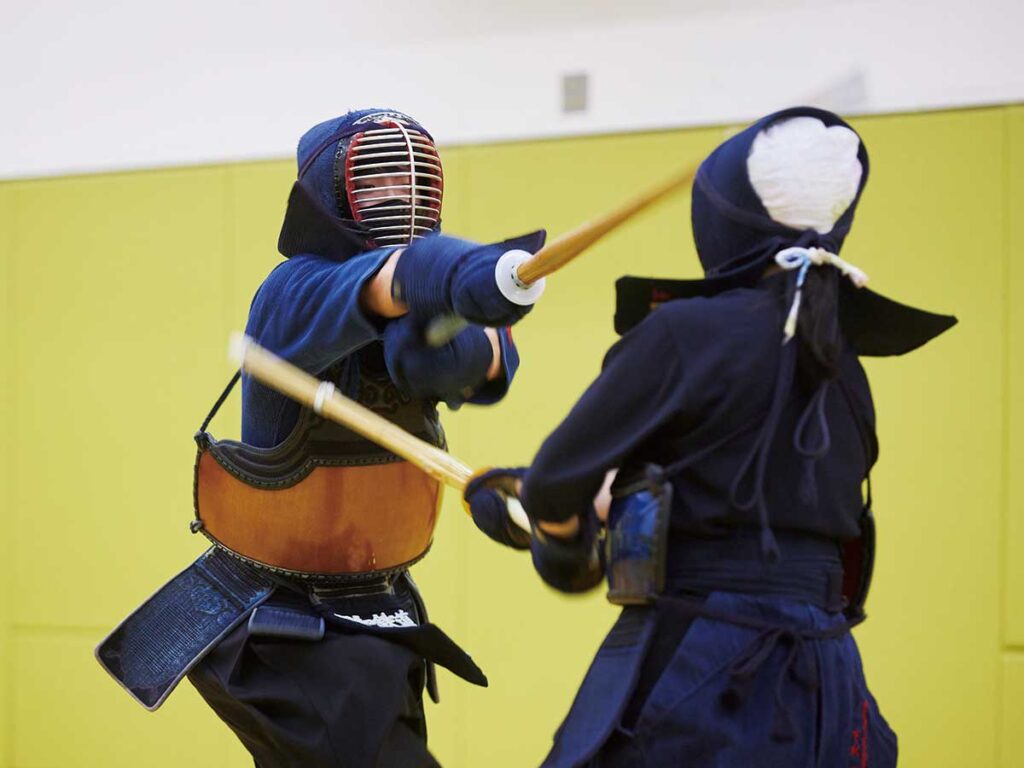
The boxing class system has changed several times throughout history.
In the old boxing world, the number of weight classes was eight, fewer than in modern times, and was divided into basic weight classes.
Below are some common classes in the early 20th century.
目次
- 1 Old boxing class (8 class era) and weight list
- 2 8 When did the class system begin and end?
- 3 List of all weight classes in modern boxing
- 4 What changes have occurred with the increase in the number of weight classes in boxing?
- 5 Are there too many weight classes in boxing?
- 6 Old boxing matches and legendary champions
Old boxing class (8 class era) and weight list
Traditional boxing classes (early 20th century)
- Flyweight : The lightest weight class. At that time, it weighed less than 112 pounds (approximately 50.8 kg).
- Bantamweight : 118 pounds or less.
- Featherweight : 126 pounds (approximately 57.2 kg) or less.
- Lightweight : 135 pounds (approximately 61.2 kg) or less.
- Welterweight : 147 pounds or less.
- Middleweight : 160 pounds or less.
- Light Heavyweight : This weight class varies by season, but generally weighs 175 pounds or less.
- Heavyweight : Any weight could compete and there was no upper limit.
These weight classes have existed since the earliest days of organized boxing and form the basis of boxing’s history.
Throughout the 20th century, new weight classes were added and the weight limits of existing weight classes were adjusted, resulting in today’s diverse weight classes.
For example, super featherweight (under 130 pounds), super lightweight (under 140 pounds), super welterweight (under 154 pounds), super middleweight (under 168 pounds), and cruiserweight (now also known as bridgerweight). A number of new “super” or intermediate classes were created, including those under or near 200 pounds.
This allows more athletes to compete in weight classes appropriate to their weight.

8 When did the class system begin and end?
Boxing’s class system has its roots in the 19th century, when the sport began to be organized, but the eight-division system was only formally established in the early 20th century.
This eight-class system included the following classes introduced earlier:
- flyweight
- bantamweight
- featherweight
- lightweight
- welterweight
- middleweight
- light heavyweight
- heavyweight
There are slight differences between organizations and regions as to when this system officially began, but it is generally said that it was widely recognized in the 1920s.
At the time, these weight classes were intended to provide a fair framework for boxers to compete and reduce the disadvantages of weight differences.
Boxing’s weight class system evolved over time, with more weight classes being introduced, especially after the 1950s when television broadcasts began to become popular. This was done as a way to create more title fights and provide viewers with more attractive matches.
As a result, new weight classes such as super featherweight, super welterweight, and super middleweight were added, increasing the number of weight classes to 17 to date.
Although it is difficult to define the exact year in which the eight-class system ended, it can be said that its form gradually changed from the 1950s to the 1960s, when new classes began to be gradually introduced.
The reasons behind this change were to commercialize the sport, create new opportunities to increase fan interest, and provide a more fragmented playing field for athletes.
The evolution of boxing’s class system is deeply connected to the development of the sport and its social and economic background.
The increase in weight classes gave more boxers the opportunity to become champions, helping to popularize the sport.

List of all weight classes in modern boxing
Modern boxing has many weight classes, each offering a competitive arena for athletes.
Below is a list of the major weight classes in professional boxing, from lightweight to heavyweight.
Please note that the weight limits for weight classes listed here are general guidelines and may vary slightly between promoters and boxing organizations.
modern professional boxing class
- Minimumweight (strawweight) : 105 pounds (47.63 kg) or less
- Light flyweight (junior flyweight) : 108 pounds (48.99 kg) or less
- Flyweight : 112 pounds (50.80 kg) or less
- Super flyweight (junior bantamweight) : 115 pounds (52.16 kg) or less
- Bantamweight : 118 pounds (53.52 kg) or less
- Super bantamweight (junior featherweight) : 122 pounds (55.34 kg) or less
- Featherweight : 126 pounds (57.15 kg) or less
- Super Featherweight (Junior Lightweight) : 130 pounds (58.97 kg) or less
- Lightweight : 135 lbs (61.23 kg) or less
- Super Lightweight (Junior Welterweight) : 140 lbs (63.50 kg) or less
- Welterweight : 147 pounds (66.68 kg) or less
- Super welterweight (junior middleweight) : 154 pounds (69.85 kg) or less
- Middleweight : 160 pounds (72.57 kg) or less
- Super middleweight : 168 pounds (76.20 kg) or less
- Light heavyweight : 175 pounds (79.38 kg) or less
- Cruiserweight (junior heavyweight) : 200 pounds (90.72 kg) or less (some organizations call it bridgerweight under 200 pounds)
- Heavyweight : Over 200 pounds (90.72 kg)
These weight classes are created to allow boxers to compete in the category that best suits their weight and body type.
There is a champion in each weight class, and big matches that transcend weight classes are frequently held.
The weight class system plays an important role in ensuring fair competition and protecting the health of athletes.

What changes have occurred with the increase in the number of weight classes in boxing?
The increase in the number of weight classes in boxing brought about several important changes to the sport. These changes are impacting the sport itself, athletes, fans and the commercial side of the sport.
-
Increased Opportunities for Athletes : The increase in the number of weight classes has given more boxers the chance to win world titles. Athletes of different weights and physical characteristics can maximize their potential by competing in the weight class that best suits them.
-
Improved competitiveness : Due to the division of weight classes, the disadvantages due to weight differences have been reduced, and technique and strategy have become more important factors. This has increased the competitiveness of the matches, making for fairer and more heated battles.
-
Commercial benefits : More weight classes mean more title fights, increasing revenue opportunities for promoters and broadcasters. This helped popularize and commercialize boxing, solidifying its status as a major media event.
-
Expanded fan interest : A variety of title fights in different weight classes made it more appealing to fans and provided an opportunity to become familiar with a wider range of fighters and styles. This meant that athletes from different regions and cultures around the world were in the spotlight, helping to increase boxing’s international popularity.
-
Movement between weight classes : With the increase in the number of weight classes, it has become common for athletes to compete in multiple weight classes throughout their careers. This created new feats such as “multi-division champion” and further enriched the athlete’s legacy.
-
Segmentation and specialization of the sport : With the increase in classes, training and strategies also became more specialized. Athletes and trainers were required to prepare for specific weight classes of competitors, leading to innovations in technique and conditioning methods.
The increase in the number of weight classes has made boxing a more dynamic and diverse sport, contributing significantly to its development.
At the same time, it has been pointed out that the increase in ranks will create complications and that the value of titles will be diluted, and the impact is multifaceted.

Are there too many weight classes in boxing?






